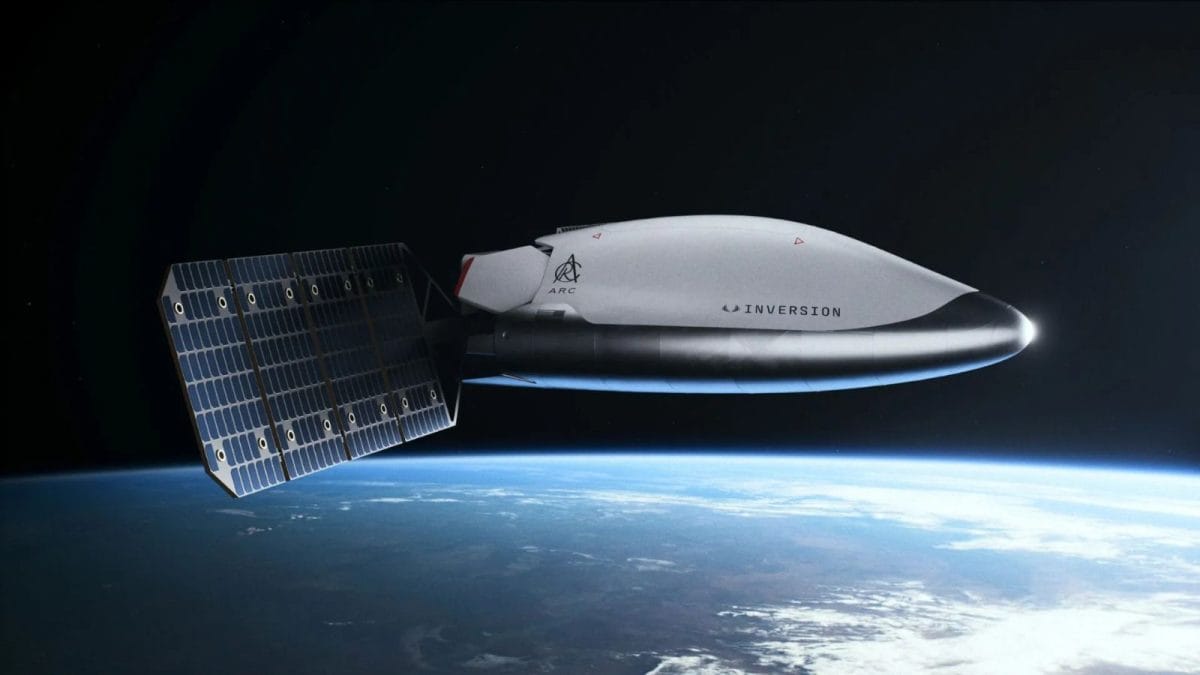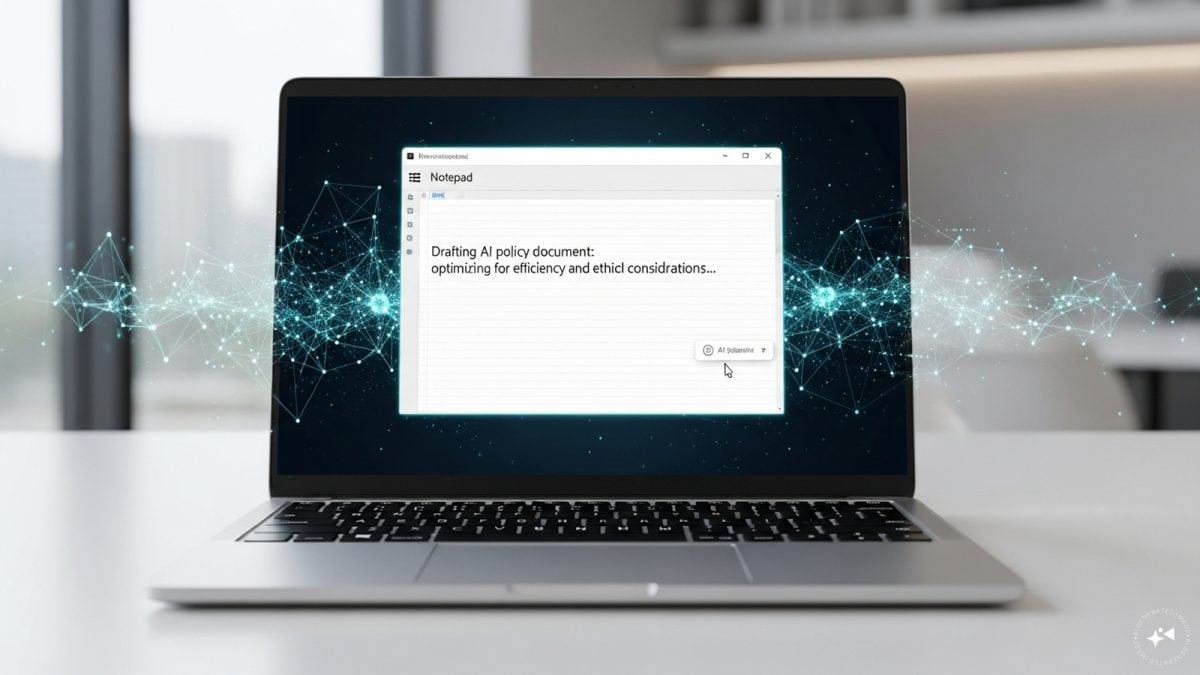Last Updated:
Arc is a lifting-body spacecraft, meaning it can maneuver through Earth’s atmosphere without the need for wings or a runwa

Inversion unveils Arc, a spacecraft for 1-hour global delivery. (News18 Hindi)
In what could redefine the future of global logistics, a US-based startup named Inversion has unveiled a revolutionary space delivery system capable of delivering essential goods to any corner of the planet within an hour. The spacecraft, aptly named ‘Arc’, promises to make one-hour global delivery, from orbit, a reality.
Unveiled in Los Angeles by Inversion’s co-founders Justin Fiasetti and Austin Briggs, Arc is designed to transport up to 500 pounds (around 225 kilograms) of cargo directly from space to Earth. The company, founded in 2021, says the vehicle has already completed four successful test flights and will first be deployed for US military operations in 2026, before expanding to commercial use.
Arc: A Spacecraft Unlike Any Other
Arc is a lifting-body spacecraft, meaning it can maneuver through Earth’s atmosphere without the need for wings or a runway. Measuring approximately eight feet in length and four feet in width, it descends using a parachute system, allowing it to land almost anywhere, even in open fields or remote regions.
According to a report in Ars Technica, Arc will be stationed in low Earth orbit (LEO), ready to re-enter the atmosphere upon command. It will travel at Mach 20 (over 24,000 km/h) during re-entry, protected by a robust heat shield capable of withstanding temperatures as high as 3,000 degrees Celsius. Once it enters the atmosphere, parachutes ensure a soft, precise landing.
The spacecraft is expected to remain operational in orbit for up to five years, during which it can deliver a range of supplies, from medical kits and emergency relief materials to drones and other critical equipment.
How Arc Works
Inversion’s delivery model is designed for speed and autonomy.
- Launch: The Arc will be deployed into orbit by a rocket and remain stationed until needed.
- Command: Upon receiving an order, it will autonomously re-enter the atmosphere, guided by signals from ground control.
- Delivery: Using parachutes, it will land without the need for runways, ensuring rapid access to even the most inaccessible locations.
Currently, each Arc is single-use, but Inversion plans to build fleets of reusable models in the future.
Overcoming The Challenges
Developing a spacecraft capable of re-entering Earth’s atmosphere repeatedly poses immense technical challenges. The biggest hurdle lies in managing extreme heat during re-entry, which can exceed 3,000 degrees Celsius. The launch costs are also significant, though Inversion claims it is working to make these missions more affordable over time.
Despite these challenges, experts see Arc as a potential game-changer, particularly for emergency response and humanitarian relief. With the ability to deliver life-saving medicines, vaccines, or food supplies to disaster zones within an hour, the implications are enormous.
The Vision Behind Inversion
The idea for Inversion was born in the classrooms of Boston University, where co-founders Fiasetti and Briggs were students. Fiasetti, who previously interned at SpaceX and Relativity Space, envisioned a system that would deliver not just data from space, but tangible goods.
“People often talk about the excitement of space,” Fiasetti said, “but we wanted to bring its economic value down to Earth. Why not deliver cargo from space instead of just information?”
By 2024, the company had already launched a prototype spacecraft named Ray aboard SpaceX’s Transporter-12 mission. Ray successfully performed a deorbit and re-entry test, paving the way for Arc’s development.
What It Means For Future
If successful, space-based delivery could revolutionise global logistics, reducing long-distance transport times from days to minutes. For countries like India, it could prove invaluable during floods, earthquakes, or cross-border emergencies, offering near-instant humanitarian aid.
While Arc’s first military deployment is expected in 2026, commercial and public applications may begin around 2027 or later.
United States of America (USA)
October 06, 2025, 20:33 IST
Read More







